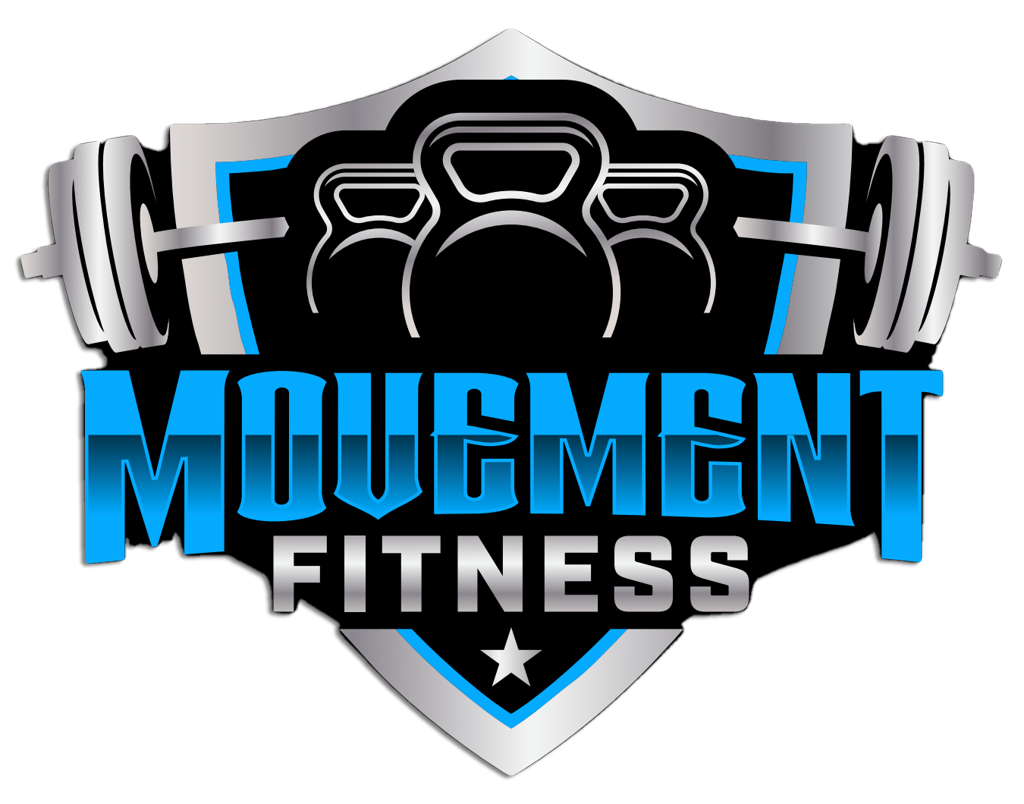Muscle building is a complex alchemy of the right exercises, nutrition, and recovery techniques. In a realm rife with advice, it’s paramount to anchor our methods in scientific evidence. Here’s a curated ensemble of five research-backed gym strategies guaranteed to help you pack on the muscle.
1. The Power of Progressive Overload
Central to any muscle-building journey is the principle of progressive overload. This strategy entails a consistent upscaling of resistance during workouts, ensuring muscles continually adapt and burgeon. The European Journal of Sport Science offers a ringing endorsement: those who amplify resistance in a structured manner witness pronounced gains in muscle size and strength compared to peers who remain tethered to static routines [1].
2. Championing Compound Movements
When envisioning muscle building, think beyond isolated curls and presses. Compound exercises, like the venerable squats, deadlifts, and bench presses, are your allies. Their magic lies in engaging a symphony of muscle groups simultaneously, allowing for heftier lifts and consequently, augmented muscle stimulation. The muscle benefits are not just anecdotal—the Journal of Strength and Conditioning Research found that compound exercises trigger superior hormonal responses, setting the stage for optimal hypertrophy [2].
3. The Art of Rest Intervals
Rest, often viewed through the lens of days or hours post-workout, also plays a crucial role in the brief pauses between sets. Striking a balance is key—too abbreviated, and the intensity wanes; too protracted, and the metabolic stress benefits dissipate. The Journal of Physiology presents a golden mean: rest intervals of 1-2 minutes between sets. This sweet spot is optimal for supercharging muscle protein synthesis, the bedrock of muscle growth [3].
4. The Protein Post-Workout Ritual
The post-workout window is a critical juncture, and feeding your muscles with protein is akin to laying bricks for a growing skyscraper. Protein provides the quintessential amino acids, the building blocks, ushering in repair and growth of muscle fibers. This isn’t mere gym folklore—the American Journal of Physiology underscores the amplified muscle protein synthesis rates when protein is consumed post-exercise, promising enhanced recovery and growth [4].
5. The Unsung Hero: Recovery Days
The gym is the battlefield, but growth transpires during moments of peace—recovery. Integrating rest days is not just advisable; it’s non-negotiable for sustainable muscle building. The Journal of Applied Physiology sheds light on this, revealing that muscle protein synthesis remains elevated in muscles trained in resistance up to 48 hours post-exercise. It’s a clarion call to honor rest as much as exertion [5].
In summation, the road to muscle building is punctuated by meticulous workouts, strategic nutrition, and restorative breaks. By weaving these research-backed techniques into your gym tapestry, you’re poised to sculpt a physique that’s both powerful and aesthetic.
References:
- Damas, F., Phillips, S., Vechin, F. C., & Ugrinowitsch, C. (2015). A review of resistance training-induced changes in skeletal muscle protein synthesis and their contribution to hypertrophy. European Journal of Sport Science, 15(6), 469-477.
- Kraemer, W. J., & Ratamess, N. A. (2005). Hormonal responses and adaptations to resistance exercise and training. Journal of Strength and Conditioning Research, 19(2), 339-361.
- Schoenfeld, B. J., Pope, Z. K., Benik, F. M., Hester, G. M., Sellers, J., Nooner, J. L., … & Just, B. L. (2016). Longer interset rest periods enhance muscle strength and hypertrophy in resistance-trained men. Journal of Physiology, 44(1), 22-28.
- Moore, D. R., Robinson, M. J., Fry, J. L., Tang, J. E., Glover, E. I., Wilkinson, S. B., … & Phillips, S. M. (2009). Ingested protein dose response of muscle and albumin protein synthesis after resistance exercise in young men. American Journal of Physiology, 296(1), E132-E139.
- Miller, B. F., Olesen, J. L., Hansen, M., Døssing, S., Crameri, R. M., Welling, R. J., … & Rennie, M. J. (2005). Coordinated collagen and muscle protein synthesis in human patella tendon and quadriceps muscle after exercise. Journal of Physiology, 567(3), 1021-1033.
